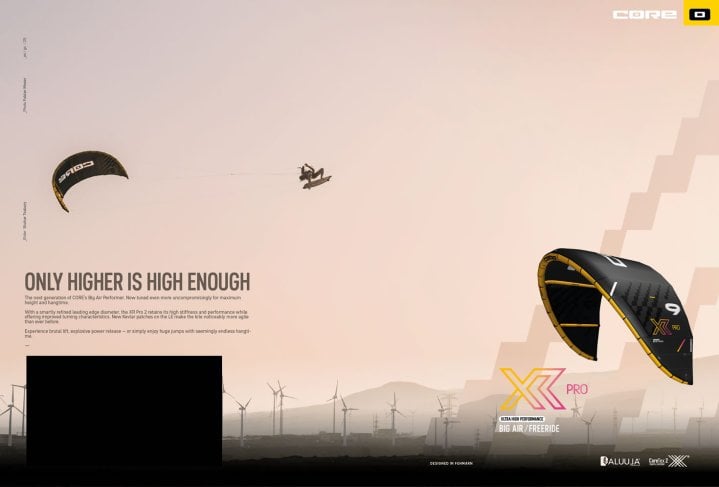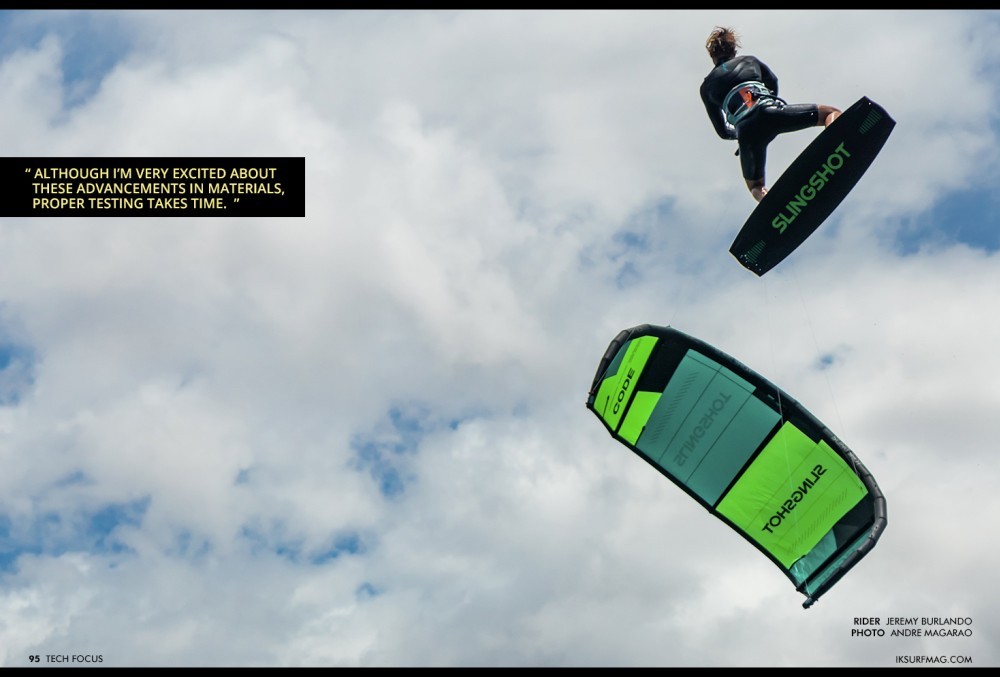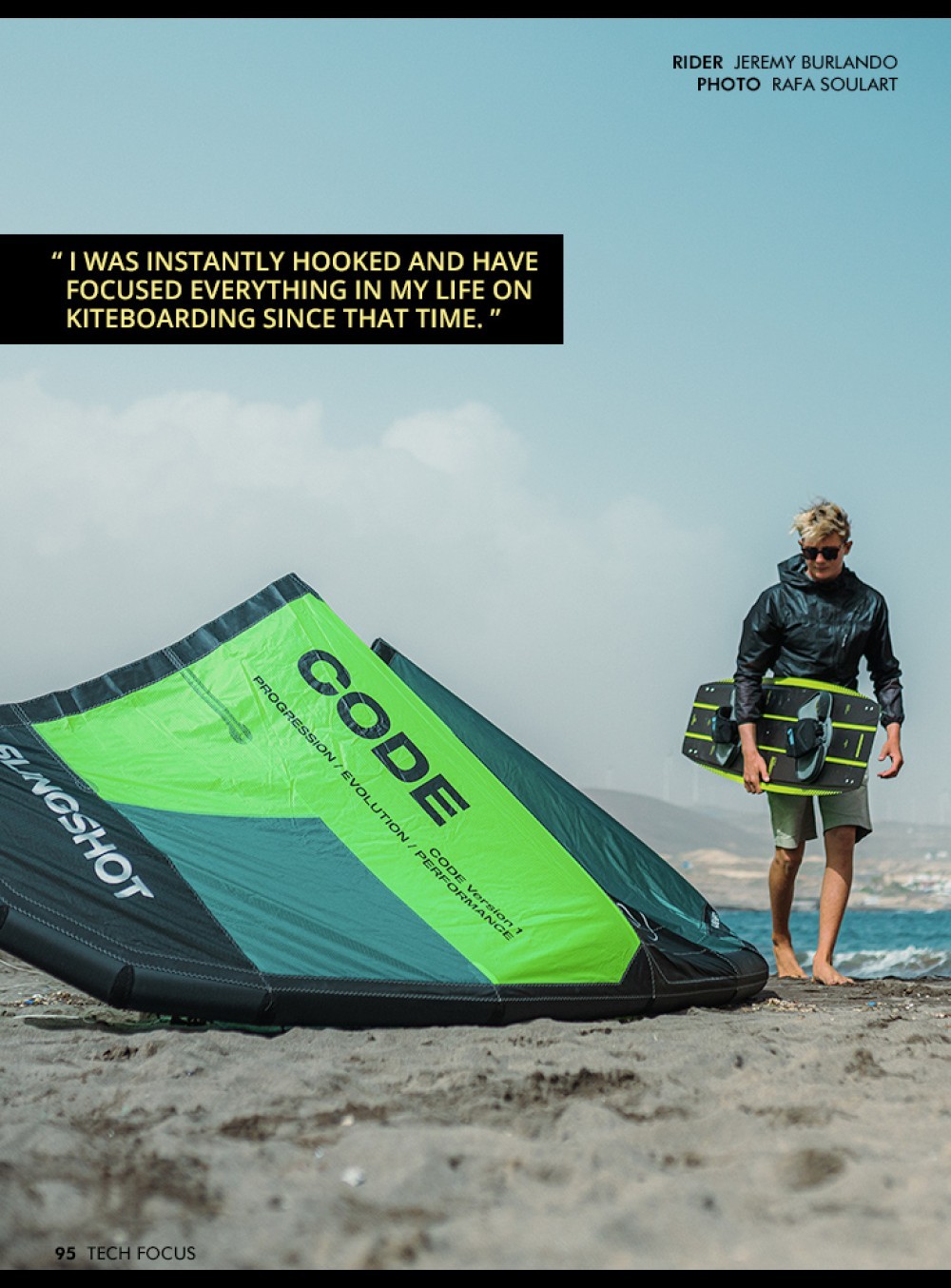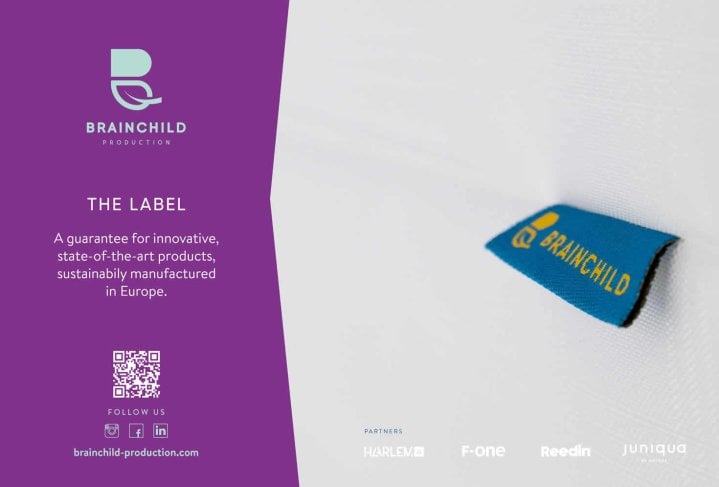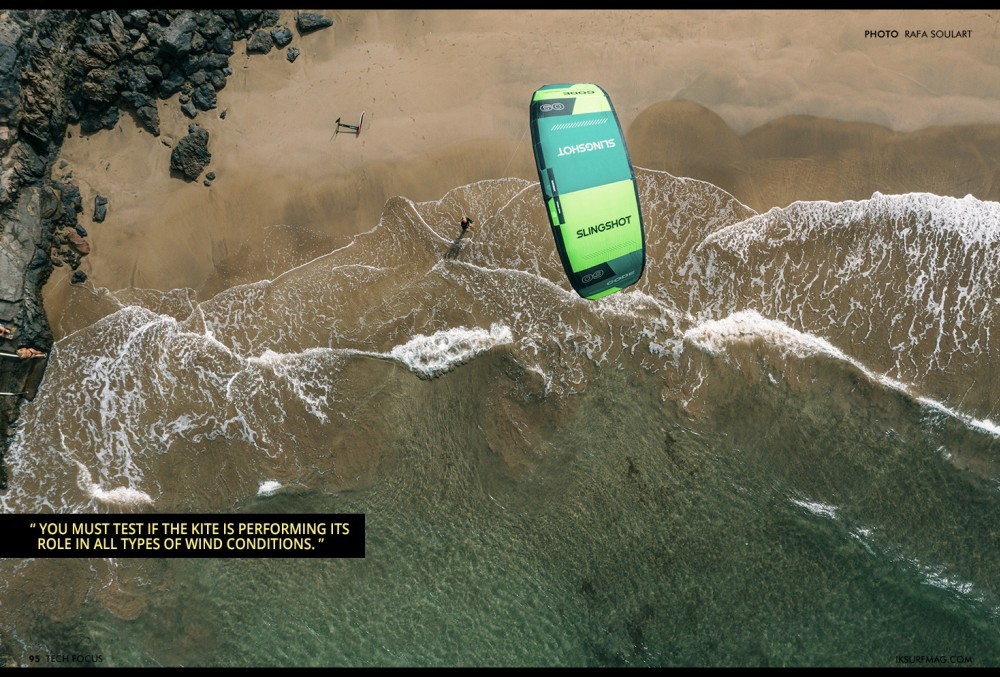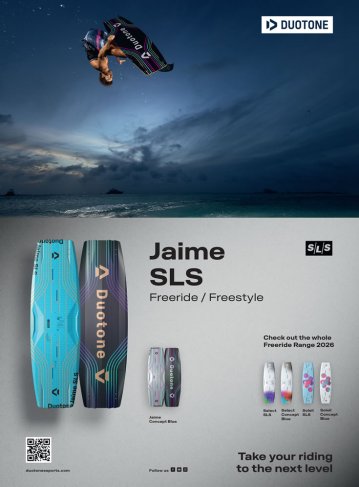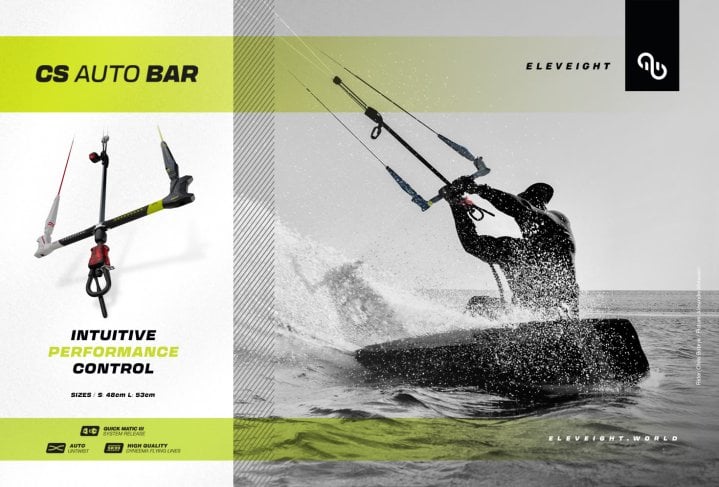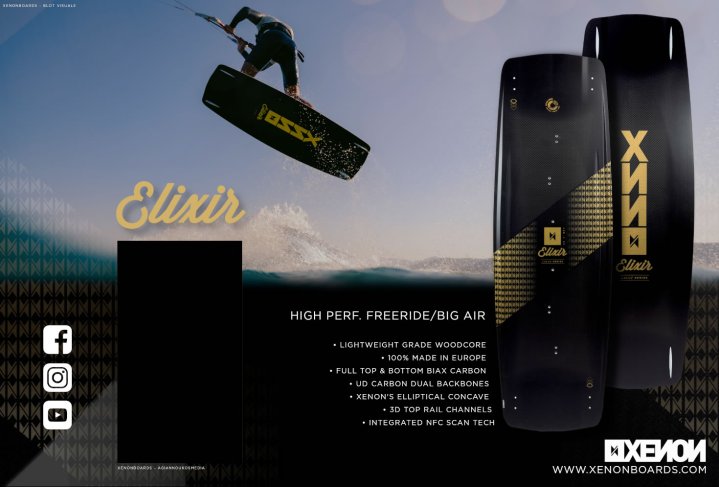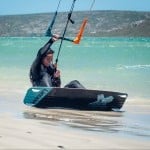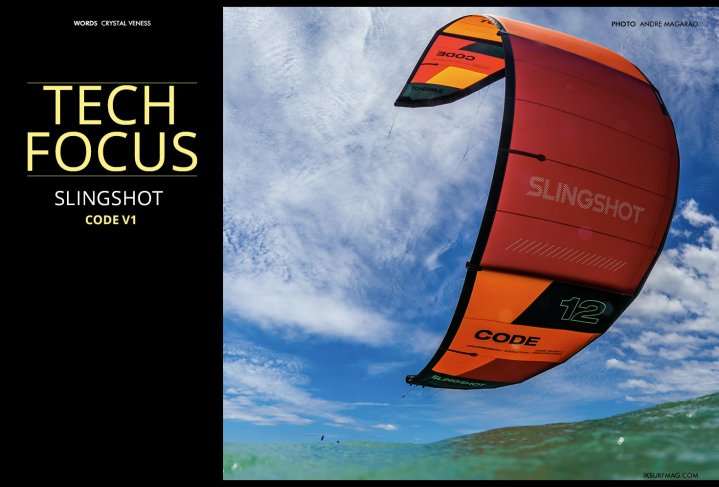
Tech Focus: Slingshot CODE V1
Issue 95 / Wed 5th Oct, 2022
The new Slingshot CODE V1 just launched, and it already seems to be making a strong impression! We got in touch with designer Adi Conrad to find out more about this versatile new kite!
Hey Adi, thanks for taking the time to tell us more about the new CODE V1. First, what was the intended purpose of this kite?
Hi! The CODE was designed as an all-around freeride kite, easy to learn on with the capability of taking you to a very high skill ceiling.
Slingshot has a wide selection of kites to suit every kiter. Is the CODE V1 replacing a previous model, or is it aimed at a particular segment of the market?
I always want riders to demo gear—we can talk about kites for hours, but when you put a kite in the sky, you will know if it’s right for you. I wouldn’t say the CODE is replacing any kite in the range as it’s a beast of its own, but if you were to segment it into the market, it would be an all-rounder.
Can you tell us a bit about the key features that this kite offers the end user?
A key feature of the CODE is predictability. We wanted to give riders full control and smooth lift—desirable for beginners and for someone on the top end like Jeremy Burlando, who is doing double mega loops in 50-plus knots.
What was your approach when it came to material choice or construction methods? Is it challenging to keep up with rapid changes within the industry?
Although I’m very excited about these advancements in materials, proper testing takes time. Some issues only show up after months and months of testing in heavy conditions. Other brands that were in a rush to use the lightest possible materials are now, unfortunately, having to deal with this due lack of comprehensive testing. No kiter or kite company wants to deal with material defects and recalls—that’s bad for everyone. Safety and quality are always my priority in designing a kite.
What is your background, and what led you to a career in the kiteboarding industry?
I was a junior pro downhill ski racer during my teens and took up CAD very early on because of my father. I was introduced to kiteboarding back in 2004 while working in Puerto Rico as a 3D contractor. I was instantly hooked and have focused everything in my life on kiteboarding since that time.
How long have you been working with the Slingshot team on kite design? What other models have you had input into?
I’ve been working with Slingshot for two years. It’s been amazing! The MACHINE and the CODE are the two kite designs I’ve worked on.
Is there added pressure to design a brand-new model? What is the process and workflow like?
The workflow is Slingshot creating the initial product brief, then we go through several prototype designs and countless sessions of real-world testing until R&D agrees on the final product. New models always come with additional complexities, but we have data from previous designs to work from. The big challenge is getting all the desired kite traits to work harmoniously together.
How much time do you have from the first concept until a ready-to-release kite?
The MACHINE and the CODE were designed extremely quickly compared to my previous development times. Rapid development using a large R&D staff is one of the big advantages companies like Slingshot have.
When you create a kite designed for a specific purpose, how do you approach the testing to ensure you achieve that goal?
Getting the kite in all types of wind conditions is the biggest factor. You must test if the kite is performing its role in all types of wind conditions.
You’re based in Vietnam… Do you do most of your testing close to home? What are the kiting conditions like there?
Yes, I have a beachfront property that we launch from directly. Vietnam is a great place to develop kites; you get such diverse winds, from 50 knots with four-meter waves to steady afternoon sea breeze. It’s perfect for watersports—the whole country is coastline!
I understand that you worked with Jeremy Burlando quite a bit in the testing phase for the CODE V1. Was he able to provide some valuable insights?
I worked with Jeremy a lot on the CODE and received insight on how the kite reacts to high-level tricks and conditions. He is an extremely talented rider that has a very high EQ and IQ for his age. It is a rare combination to find—someone who can ride at that skill level and give such articulate feedback.
As a kite designed to be an all-around performer, were you surprised by the CODE’s big air capabilities? Notably, Jeremy Burlando’s performance on it, and his impressive double loops!
Those doubles were insane... any type of error due to the rider, condition, or equipment is catastrophic at that level. A lot of people forget that wind speed and kite size are the two largest defining factors in lift. What you really want in those kinds of conditions are stability and control, two key features of the CODE.
What is the early feedback you have received from the kiting public?
Everyone is super stoked! The feedback from the launch has been great, from team riders to the distributors to the shop and school owners. This kite and the new team at Slingshot have really helped up the level. It’s exciting to be a part of it all!
Thanks so much for the time, Adi!
Thank you!
Videos
By Crystal Veness
Editor at IKSURFMAG, Crystal Veness hails from Canada but is based in South Africa. When she isn't busy kitesurfing or reporting on the latest industry news for the mag, she is kicking back somewhere at a windy kite beach or working on creative media projects.



